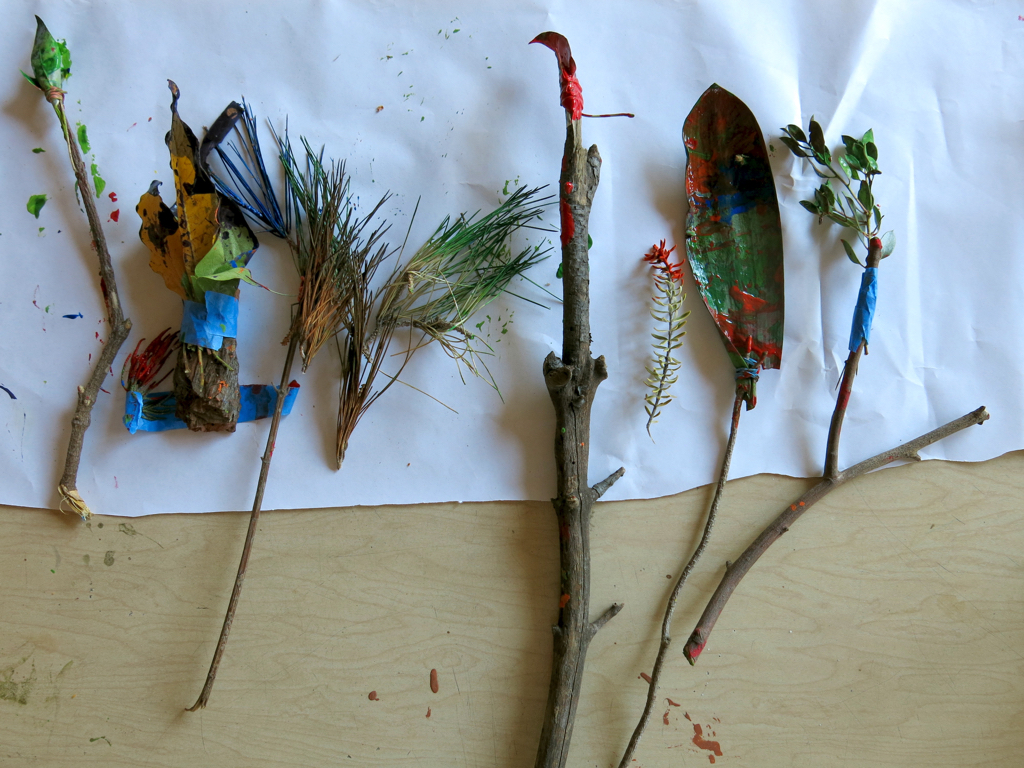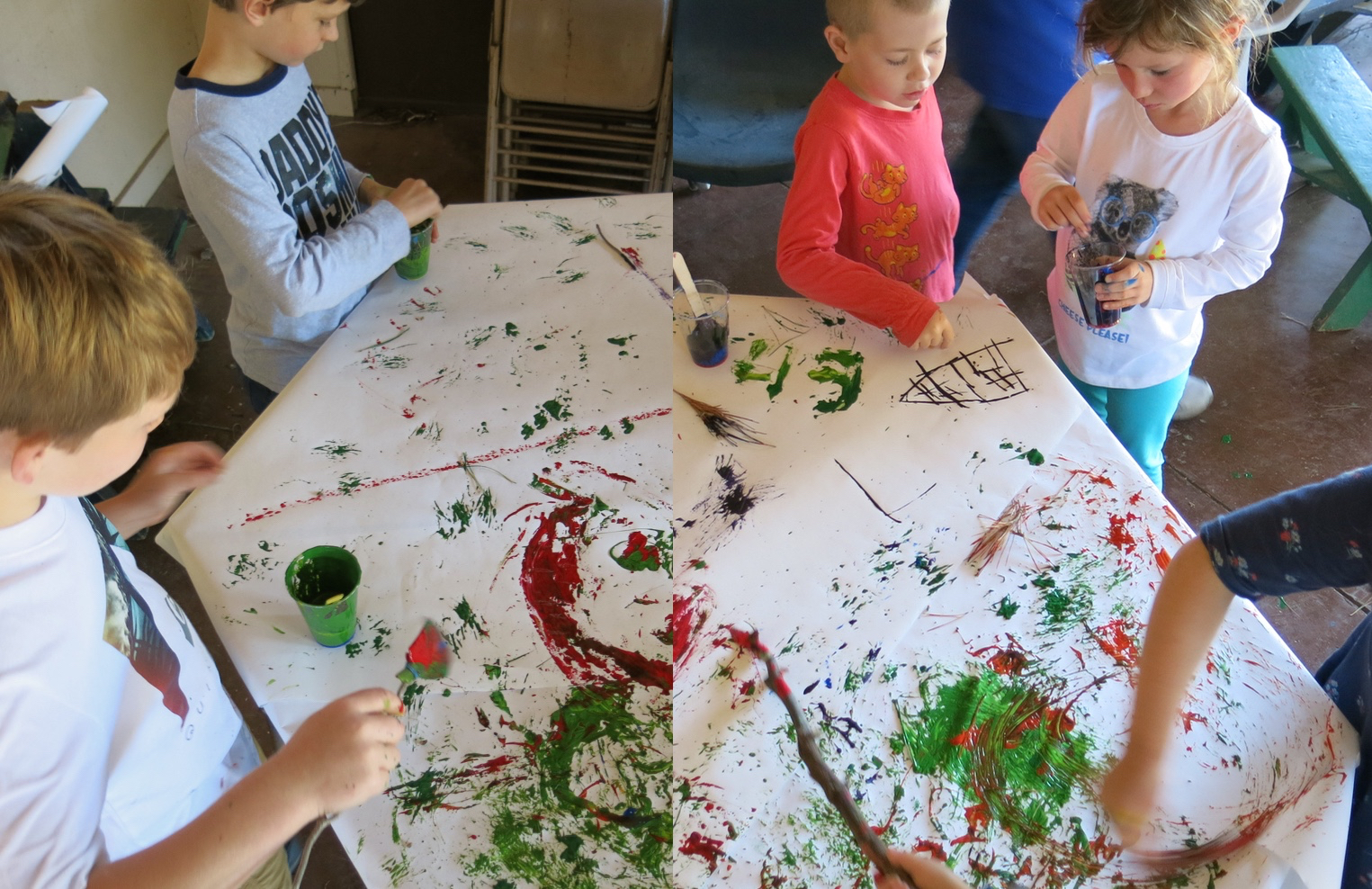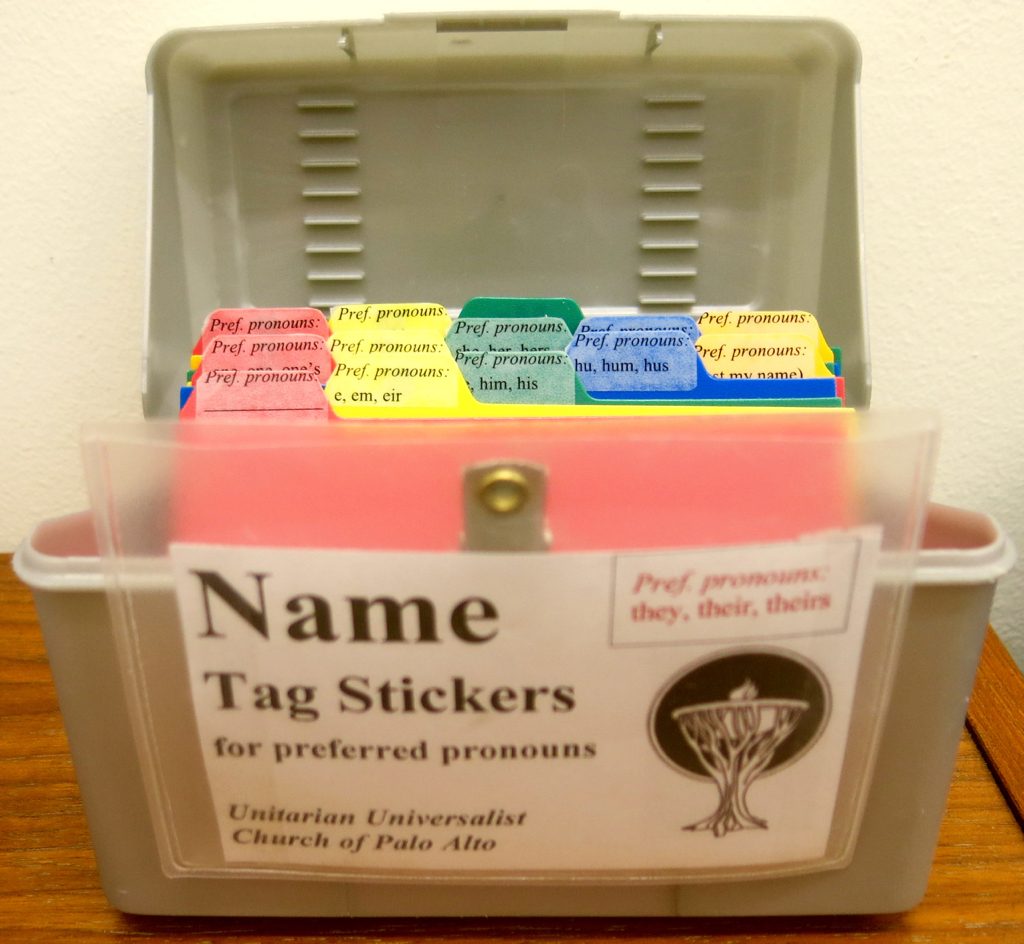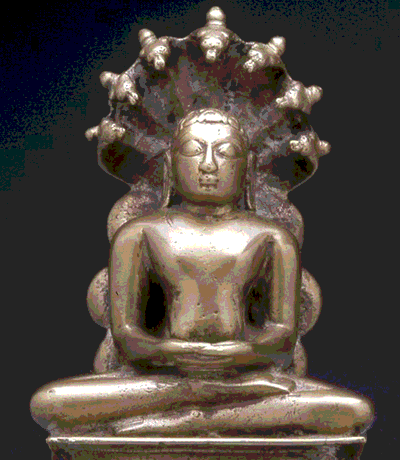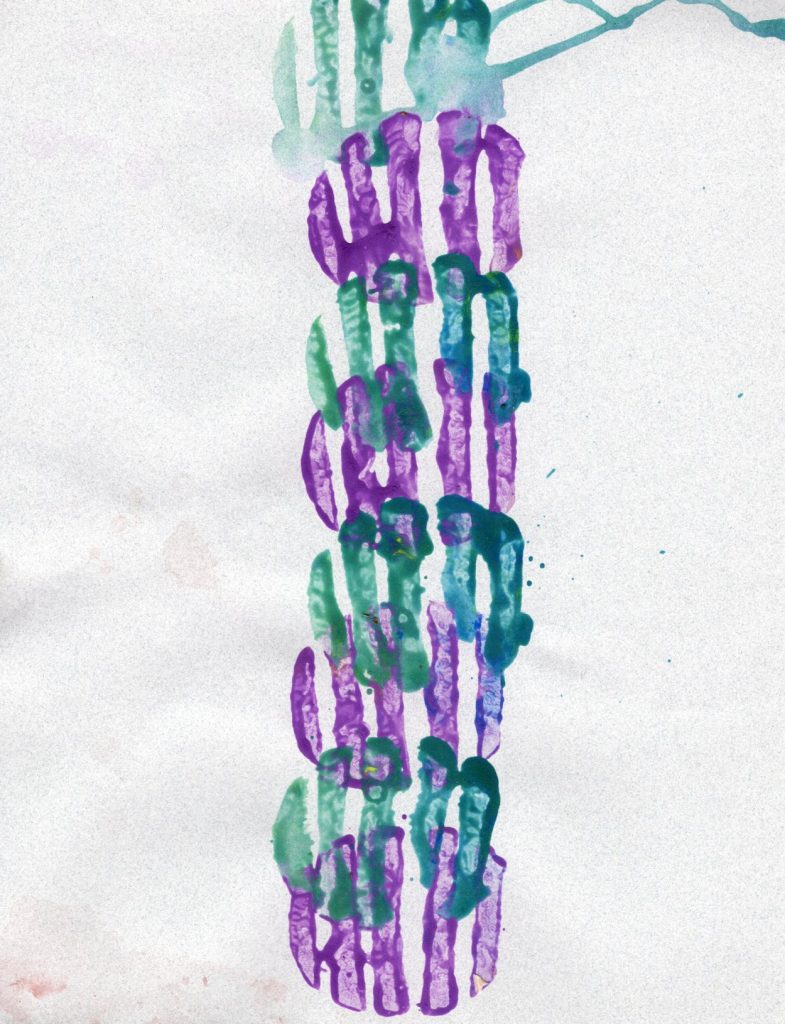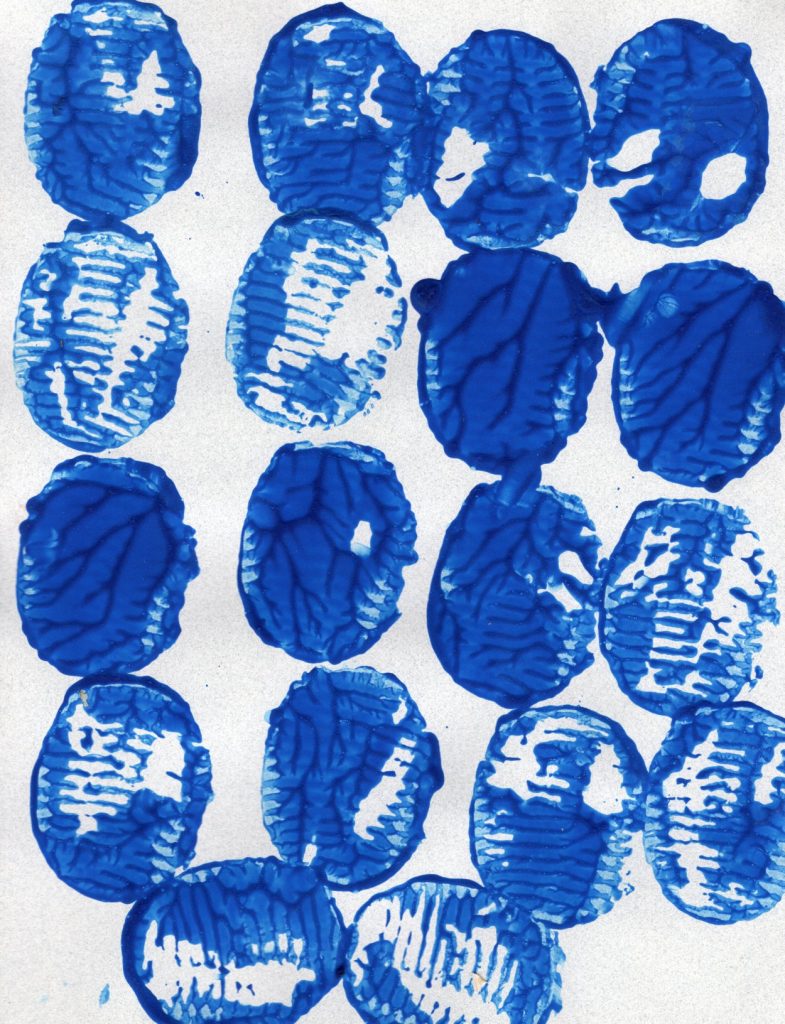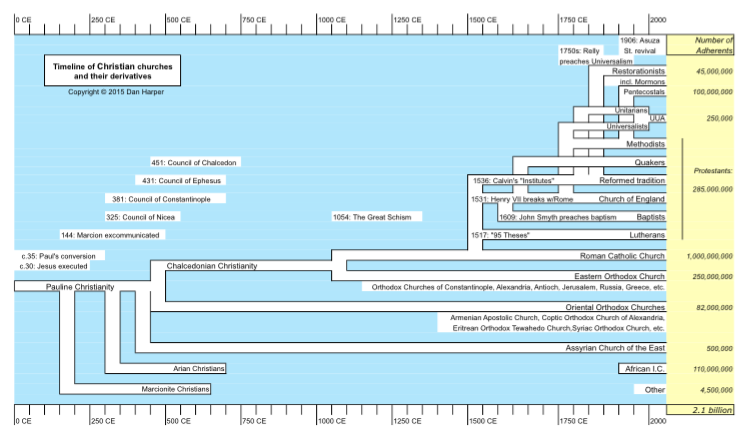How can we teach young people about “white supremacy” within the constraints of a typical Sunday school? What are some of the theoretical considerations, and what are some practical considerations?
One of my professional organizations, the Liberal Religious Educators Association (LREDA) has called on Unitarian Universalist religious educators to participate in a “white supremacy teach-in” in the coming weeks, to follow up on the denominational brouhaha which led to the resignation of Peter Morales from the presidency of the Unitarian Universalist Association (UUA).
This is a great call to action, but where do we come up with pedagogical strategies to teach children and teens about white supremacy? I’ll get to practical suggestions after a brief review of theoretical resources; although if you’re a hands-on educator you may want to go straight to practical suggestions, skipping over theoretical considerations which may seem pretty remote from actual children and teens.
Theoretical resources
Practical suggestions
Theoretical resources
Let’s start with the obvious: with bell hooks and her book Teaching to Transgress, and with Paolo Freire’s Pedagogy of the Oppressed. Both these books provide useful theoretical perspectives. However, in my experience these books are not very useful for children and young people since they focus on persons age 18 and up.
Lev Vygotsky is another obvious source of pedagogical insight. Vygotsky’s theories provide us with such well-known concepts of “scaffold-and-fade,” and the zone of proximal development. For a helpful summary of zone of proximal development, I like Seth Chaiklin, “The Zone of Proximal Development in Vygotky’s Analysis of Learning and Instruction,” in Kozulin et al., Vygotsky’s Educational Theory and Practice in Cultural Context [Cambridge: Cambridge Univ. Press, 2003]). Chaiklin makes a number of points that might prove helpful. Chaiklin points out “the zone for a given age period is normative, in that it reflects the institutionalized demands and expectations that developed historically in a particular societal tradition of practice,” thus implying a strong connection between institutional demands and children’s development. Chaiklin also carefully defines the technical meaning of “imitation” in Vygotsky, and then points out that “the main focus for collaborative interventions is to find evidence for maturing psychological functions, with the assumption that the child could only take advantage of these interventions because the maturing function supports an ability to understand the significance of the support being offered”; thus, there are definite psychological and developmental limitations to the amount of learning that can take place within the child.
And in a Unitarian Universalist context, I believe it’s helpful to connect Vygotsky’s collectivist understanding of learning and development with James Luther Adam’s theological conception of the congregation as a voluntary association in mass democracy. Adams’s conception of congregations as voluntary associations helps us understand that face-to-face and personal encounters within a congregation help prevent the atomization of the individual, which in turn can prevent mass democracies from hurtling towards totalitarianism. So Vygotsky teaches us that “a person is able to perform a certain number of tasks alone, while in collaboration, it is possible to perform a greater number of tasks”; and Adams’s work suggests not only that the congregation is a place where we can collaborate together to support a liberative and liberal democracy, but also that the congregation as a whole can support the developmental growth of children and teens towards healthy maturity.
Another useful theological resources is William R. Jones’s essay Theism and Humanism: The Chasm Narrows. In this essay, Jones makes a very helpful connection between theism and the “left wing” of theism: both are humanocentric worldviews, in which it is up to humans to effect positive change. Jones help us see that we can’t wait around for some Daddy God to bail us out — for that matter, nor can we wait around for Big Daddy Science to bail us out — a humanocentric point of view acknowledges that it’s up to us humans to effect change. (Jones makes the same point in his book Is God a White Racist?)
For theoretical resources specific to religious education, I’d turn to my other professional organization, the interfaith and international Religious Education Association (REA), which includes both scholars and practitioners. Over the years, the REA has published or presented interesting scholarship on how to teach liberation and social justice; the most notable recent instance is REA’s 2012 conference “Let Freedom Ring”: Religious Education at the Intersection of Social Justice, Liberation, and Civil/Human Rights. So REA conference proceedings and the REA journal Religious Education have plenty of theoretical material that would help in teaching about white supremacy. The problem with the REA publications is that you have to read through a great deal of material to find relevant articles, and even then you often have to do some translation from another cultural contexts (e.g., figuring out how an article outlining teaching peace to Israeli and Palestinian youth might translate to a U.S. context).
Beyond REA publications, there are plenty of progressive religious educators who have written books that offer resources for this kind of endeavor. A couple of books that come immediately to mind are John Westerhof’s book Learning through Liturgy, and Robert Pazmino’s Foundational Issues in Christian Education; Westerhof’s book helps usnderstand how learning takes place in and through worship services; and I have found Bob’s book extremely helpful in confronting my own internal inclinations and biases. A few Unitarian Universalists with anti-Christian biases and prejudices might be repelled by these books; but I’d suggest that the exercise of tamping down anti-Christian biases long enough to find the good in those books could be a useful preparatory exercise for those who have a serious desire to teach against racial bias and prejudice.
As an educator, I have been greatly inspired by Marcia Chatelaine’s workshop “Talking to Students about Ferguson,” given at Ferry Beach Conference Center in July, 2015. Chatelaine, a professor of history at Georgetown University, helped me understand how intersectionality could be a useful pedagogical strategy. Her workshop also helped me to understand how to get past the strong emotions elicited by Ferguson; she suggested addressing Ferguson from within one’s own area of disciplinary expertise. Thus, as a historian, she could talk about the history of Ferguson as a white-flight suburb, using her are of disciplinary expertise to generate insight.
Finally, I would also turn to the works of educational philosopher Maxine Greene. In particular, I have found her short essay “Diversity and Inclusion: Towards a Curriculum for Human Beings” to be foundational for the kind of liberative religious education I hold us as an ideal. I’ll give one brief excerpt from this essay that might serve as an inspiration for a suitable pedagogic practice for teaching about white supremacy:
“[T]here has been a prevalent conception of the self (grand or humble, master or slave) as predefined, fixed, separate. Today we are far more likely, in the mode of John Dewey and existentialist thinkers, to think of selves as always in the making. We perceive them creating meanings, becoming in an intersubjective world by means of dialogue and narrative. We perceive them telling their stories, shaping their stories, discovering purposes and possibilities for themselves, reaching out to pursue them. We are moved to provoke such beings to keep speaking, to keep articulating, to devise metaphors and images, as they feel their bodies moving, their feet making imprints as they move towards others, as they try to see through other’s eyes. Thinking of beings like that, may of those writing today and painting and dancing and composing no longer have single-focused, one-dimensional creatures in mind as models or as audiences. Rather, they think of human beings in terms of open possibility, in terms of freedom and the power to choose.”
I wanted to end with that passage from Maxine Greene because it points the way to the kind of flexible, learner-focused teaching that I want to do.
Practical considerations
When I translate these (and other) theoretical resources into practical pedagogy for young people in a Unitarian Universalist Sunday school setting, here are some of the things I think about:
1. My teaching will be centered on activities that allow learners to be “selves in the making.” And, given my own strengths as a teacher, this means I’m going to use the arts; and knowing my limitations as a teacher, I’m going to do best with telling stories (I could see other people using dance, drama, etc., but those are not in my skill set). [This point inspired by Maxine Greene.]
2. My learners are going to be at various points in their development. I would love to be able to do some kind of formal pre-assessment, but that’s not realixtic in the context of an hour-long Sunday school session. Therefore, I’ll have to be a flexible teacher, willing to adjust my lesson plan to accommodate those who turn out to know very little, as well as those those who already know a lot. [See Bob Pazmino’s chapters on “Sociological Foundations” and “Curricular Foundations.”]
3. The educational goal of teaching about white supremacy is a BIG task. Since I have to be realistic about what can be taught (and learned) in a given limited time, I’m going to set realistic — and probably modest modest — educational objectives for one teach-in session. But for the long term, I will also continue the liberative educational praxis I’m already using and committed to. [See bell hooks about the realities of teaching.]
4. Anybody who has taught knows that teachers have to regulate the emotional temperature of a class. The phrase “white supremacy” will obviously generate strong emotions in many people; in fact, that’s the whole point of using that phrase. But I don’t want to limit my educational objective to merely eliciting emotions of shame, anger, guilt, and/or hatred, because from experience I know that too much of those emotions can stop the learning process temporarily (e.g., white people can shut down due to shame, non-white people can shut down due to anger, etc.). So I’ll need to balance how these emotions are elicited in the short-term, against a long-term goal of liberative educational praxis.
5. Oversimplification is always a temptation in teaching, and I think it’s a particularly strong temptation when teaching about white supremacy. To avoid oversimplification, I’m going to take inspiration from Marcia Chatelaine’s advice on teaching about Ferguson: use intersectionality. Intersectionality asks: how are different oppressions linked? (I suspect this will be an especially useful approach for adult Unitarian Universalists, because so many of them are already doing significant work and learning in sexism, classism, ablism, homophobia, etc.; thus intersectionality can connect what they’ve already accomplished and learned about to the topic of white supremacy.) [This point inspired by Marcia Chatelaine.]
6. Chatelaine also suggests: focus on an intellectual discipline or subject area you know well, and delve into that. The intellectual disciplines where I have some level of professional knowledge and expertise — philosophy, liberal theology, religious education — aren’t particularly well suited to teaching children and teens about white supremacy. So I tried to think of a subject area where, although I don’t have professional expertise, I have enough knowledge that I could teach something to children — and I thought of environmental justice, a topic I have already taught to children and teens, and a topic that lies at the center of social justice concern in our congregation.
———
The above are some preliminary considerations and practical ideas for implementing a one-shot “teach-in” on white supremacy. Note that what I am proposing does not necessarily conform to the teach-in called for by Black Lives of UUU. I’m specifically addressing the educational considerations of teaching young people in a Sunday school setting; Black Lives of UU has issued a broader call to include this topic in worship services, Sunday morning Forum, etc.
Furthermore, my practical ideas grow out my own congregation, here in the very specific cultural context of the Bay Area — a region where Cesar Chavez started his career, a region where Chinese immigrants at times lived in virtual slavery, a region where Japanese Americans were illegally (and immorally) interned during the Second World War, a region where one police force (Oakland P.D.) was under federal control because of racial prejudice. I could also mention Oscar Grant. I could also mention to overt sexism and racism of Silicon Valley companies like Facebook, Google, Apple, etc., and of start-up culture, and of Silicon Valley venture capital firms. In terms of environmental justice, I might consider why it is that East Palo Alto, a historically black city, doesn’t have enough water supply to support the kind of development that could bring more jobs (and could also bring more gentrification that might drive out people of color). Bay Area racial history is complex, and your area will differ.
